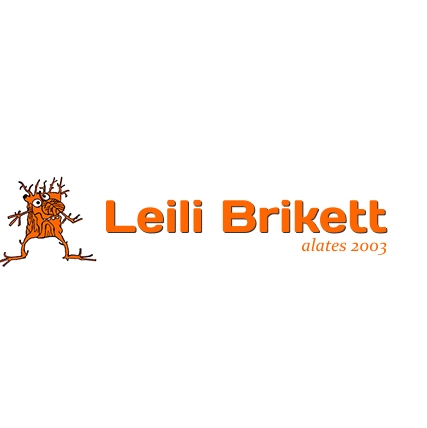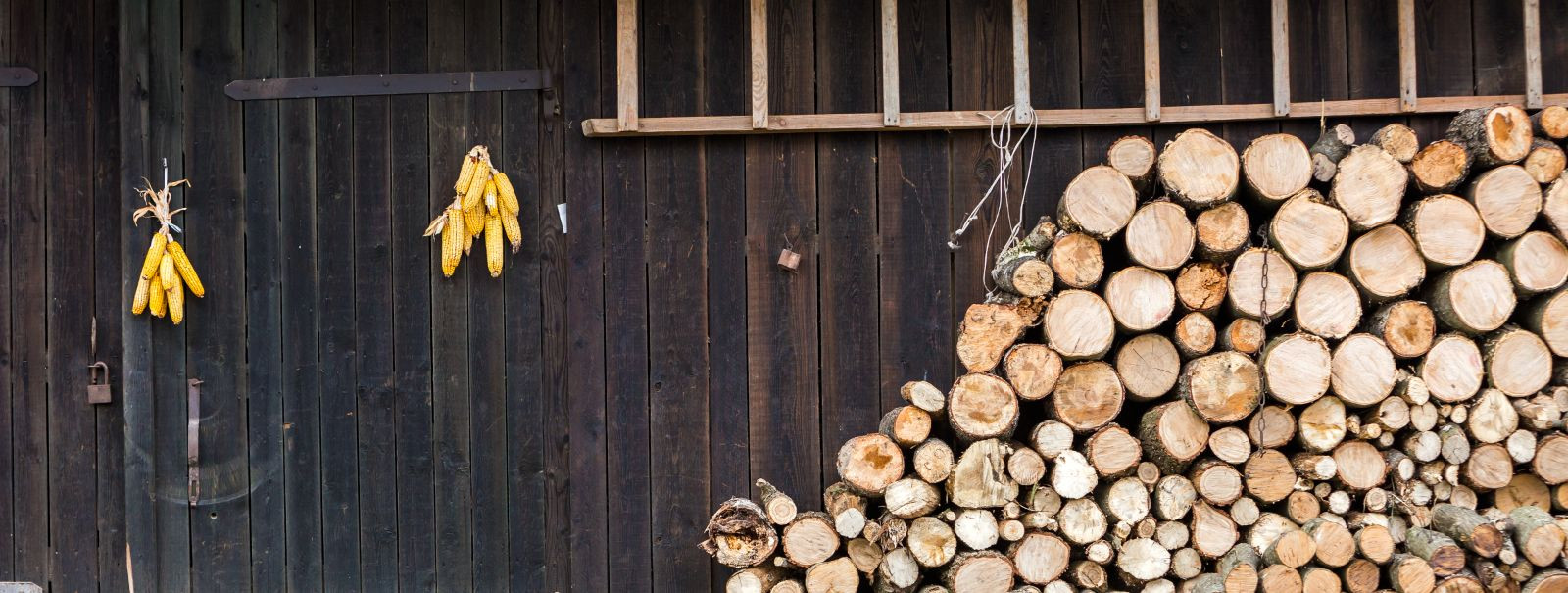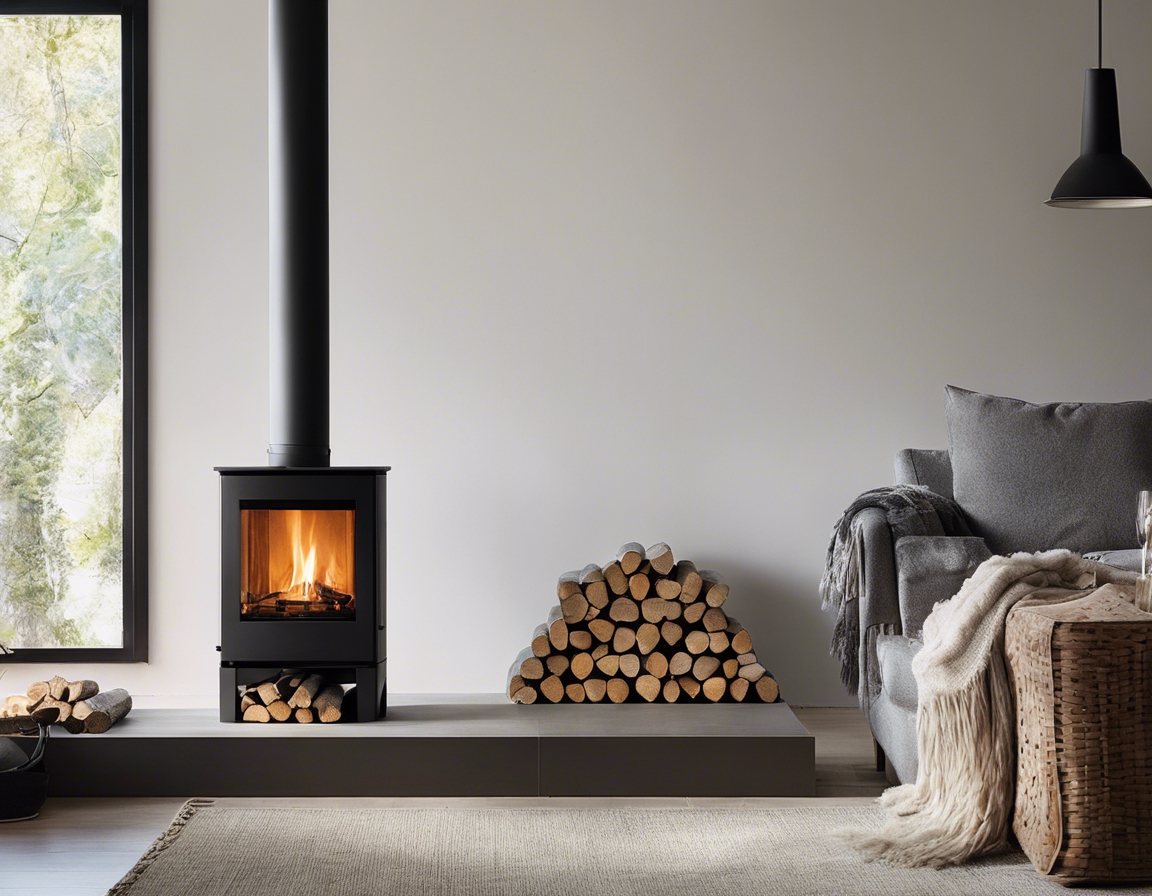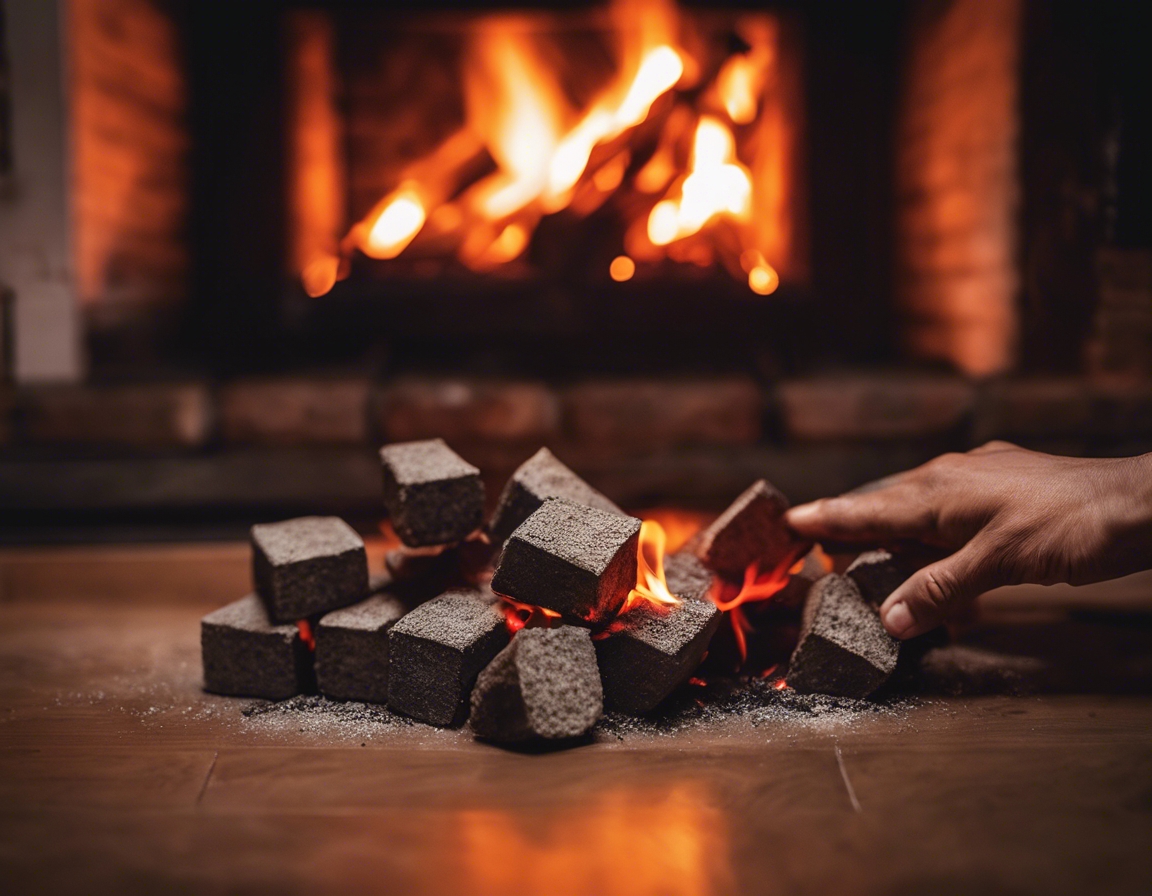How to store and maintain your firewood for maximum efficiency
For homeowners and businesses in Estonia seeking sustainable heating solutions, understanding how to store and maintain firewood is crucial for maximum efficiency and environmental responsibility. This guide will provide you with comprehensive insights into the best practices for firewood storage and maintenance.
Understanding the Importance of Proper Firewood Storage
Properly stored firewood can offer numerous benefits, including higher heat output, less smoke, and a reduced chance of pest infestations. It also ensures that your wood is dry and ready to burn when you need it, providing a reliable source of heat.
Storing firewood incorrectly can lead to problems such as mold growth, wood rot, and inefficient burning. Avoiding common mistakes like stacking wood on the ground without a barrier or covering it too tightly can save you time and resources in the long run.
Choosing the Right Location for Your Firewood
When selecting a location for your firewood, consider the ease of access and convenience. The site should be close enough to your home or business for easy retrieval, yet far enough to keep pests away.
Choose a location that offers protection from rain and snow, which can re-wet seasoned wood and promote decay. A spot with a natural windbreak can also help shield your woodpile.
Good air circulation is essential for drying out wood and preventing mold. Ensure your storage area is not enclosed and allows for air to move freely around the wood.
Preparing Your Firewood for Storage
Seasoning, or drying, freshly cut wood is a critical step before storage. It can take six months to a year for wood to properly season, depending on the species and conditions. The wood is ready when the moisture content is below 20%.
Splitting logs increases the surface area exposed to air, which accelerates drying and makes the wood easier to light and burn more efficiently.
Best Practices for Stacking and Organizing Firewood
Stacking firewood with the cut ends exposed to air enhances drying and prevents mold. Ensure your stacks are stable and have enough space between the logs for air to circulate.
Firewood racks elevate wood off the ground, protecting it from moisture and pests. Shelters or covers can provide additional protection from the elements, but be sure to allow for airflow.
Regularly inspect and maintain your firewood stack to ensure it remains dry and free from pests. Rotate the wood to promote even drying and use the oldest logs first.
Protecting Your Firewood from Pests and Decay
Common pests like termites and carpenter ants can be deterred by storing wood off the ground and away from structures. Use natural repellents or treated wood barriers if necessary.
Prevent moisture buildup by ensuring good airflow, using a cover that sheds water but allows moisture to escape, and keeping the bottom layer of wood off the ground.
Monitoring and Using Your Firewood Efficiently
Use a moisture meter to check the readiness of your firewood. Properly seasoned wood will have a hollow sound when struck and will be significantly lighter than when freshly cut.
To maximize efficiency, burn firewood in a high-efficiency wood stove or fireplace, and ensure your chimney is clean and well-maintained. Use the top-down burn method to create a hotter, cleaner burn with less smoke.






Comments (0)